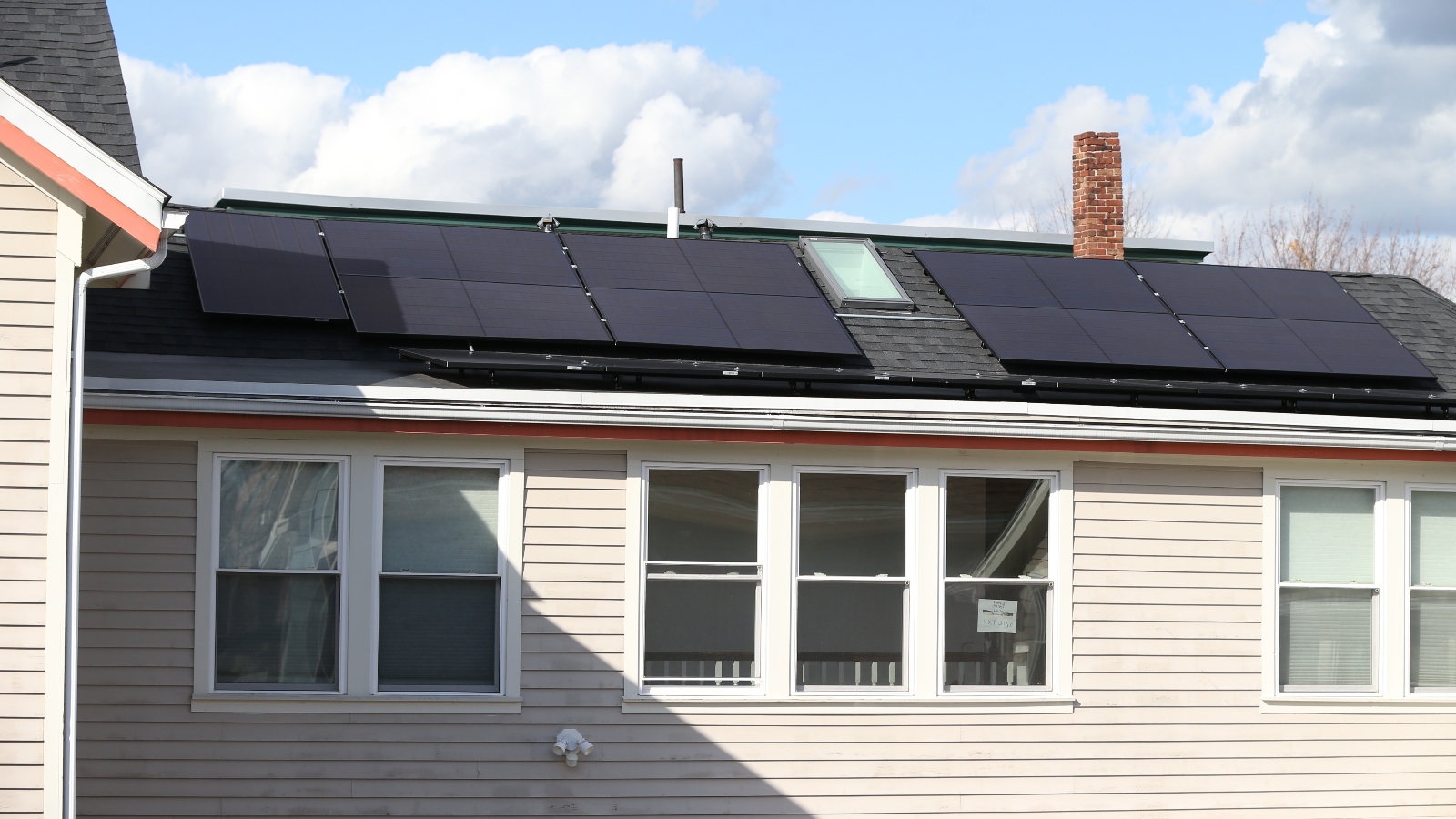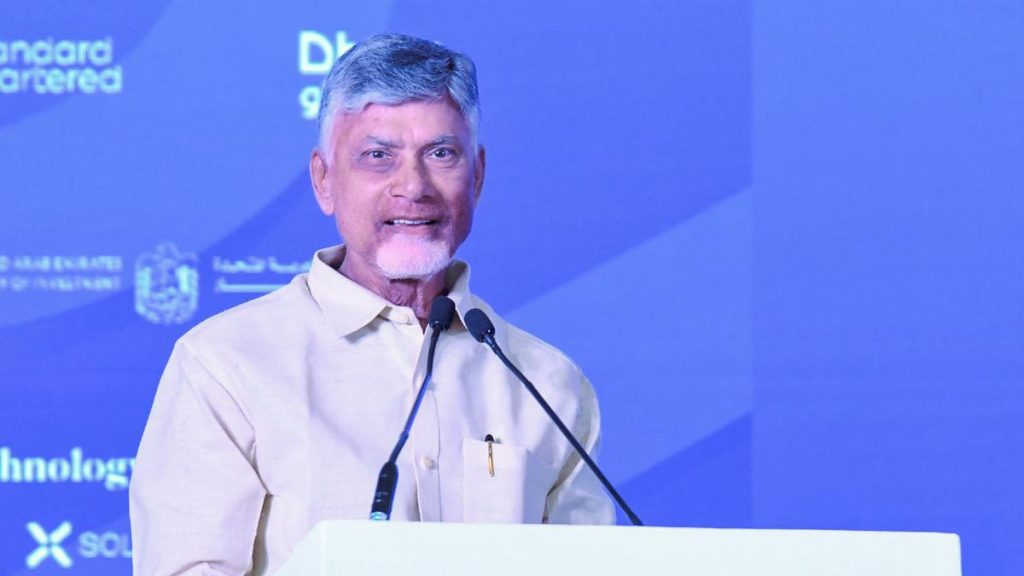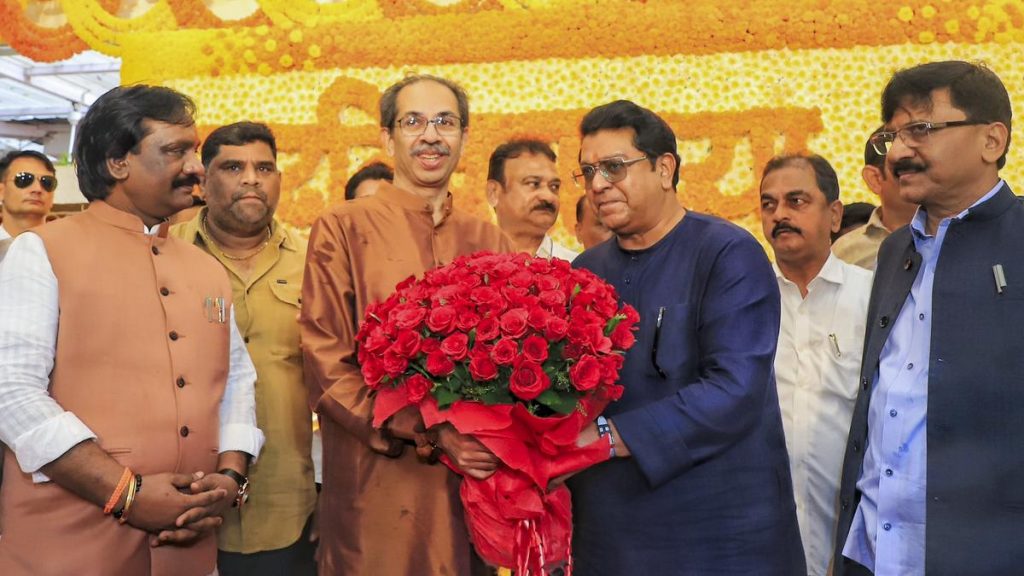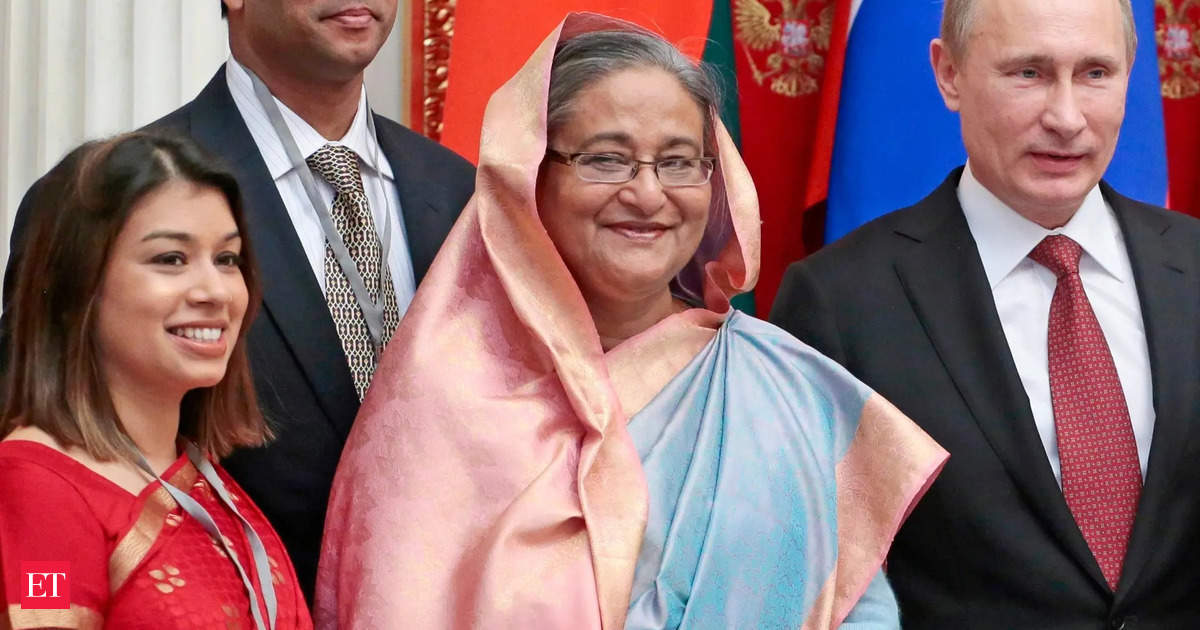Now Reading: Massachusetts Pilot Paves Way for National Home Electrification Model
-
01
Massachusetts Pilot Paves Way for National Home Electrification Model
Massachusetts Pilot Paves Way for National Home Electrification Model

Speedy Summary
- Massachusetts Pilot Program: Cape and Vineyard Electrification Offering (CVEO) aims to electrify homes on Cape Cod and MarthaS Vineyard by integrating solar panels, heat pumps, and batteries into 55 households.
- Focus on Equity: The program prioritizes low- and moderate-income households, offering free or heavily subsidized access to clean energy technologies while addressing high energy burdens.
- Implementation Challenges: The program faced delays due to regulatory hurdles since it’s initial proposal in 2018 and logistical issues like upfront costs for homeowners or the need for additional home upgrades (e.g., electrical work, mold removal).
- Participation Numbers Fall Short: Initially planned for 100 homes; only 55 households participated wiht batteries installed in just 12 homes due to constraints like house designs or utility limits.
- ConnectedSolutions Enrollment: Batteries installed are enrolled in a state program that compensates users who send power back to the grid. These payments will help defray program costs rather than directly benefiting residents.
- Lessons Learned: Key takeaways about potential barriers-skepticism over removing fossil fuel systems, upfront expenses, infrastructure readiness-will inform future initiative designs nationwide.
Indian Opinion Analysis
This pilot serves as an important blueprint not just for Massachusetts but potentially for India’s clean energy efforts amidst rising decarbonization goals globally. Addressing affordability is critical when scaling renewable adoption among lower-income groups-a parallel concern in rural India where upfront investment costs have deterred broader uptake of technologies like solar panels.
The whole-house integration of solar power with electrification highlights a cohesive model India could emulate as it embraces its ambitious green targets. However-as evidenced here-the logistical challenges such as infrastructure upgrades needed before deployment mirror challenges likely seen within some parts of India’s dense population centers.Programs would benefit from addressing these pain points through public-private collaboration.
India could notably learn from the ConnectedSolutions aspect by designing incentives that align consumer push towards contributing surplus electricity back into decentralized grids-a move essential toward bolstering national resilience amidst climatic demands while ensuring equity-focused availability.

























